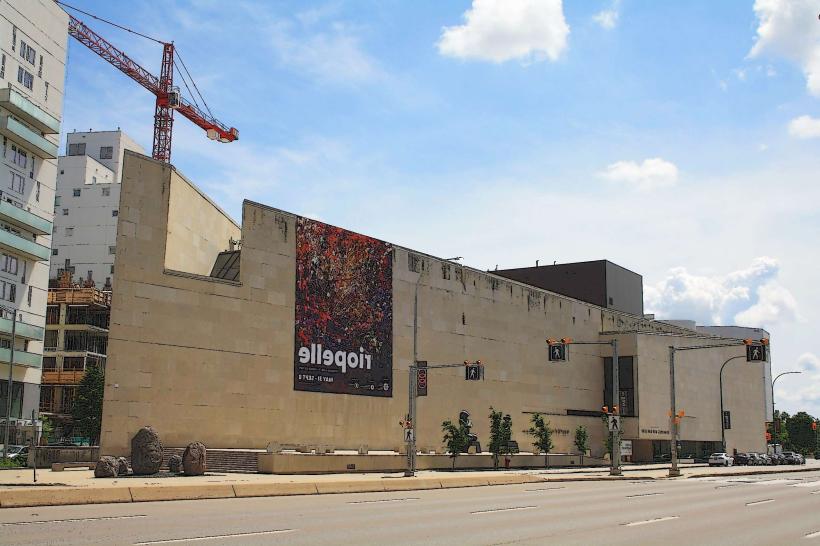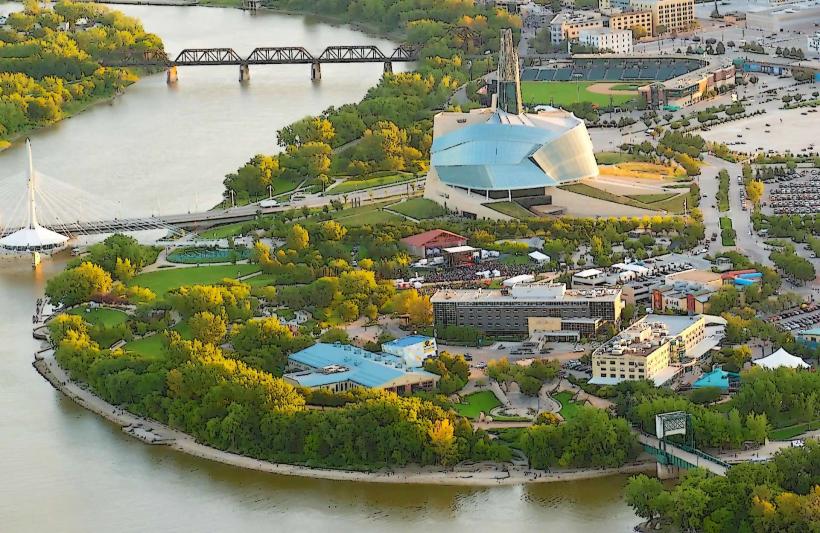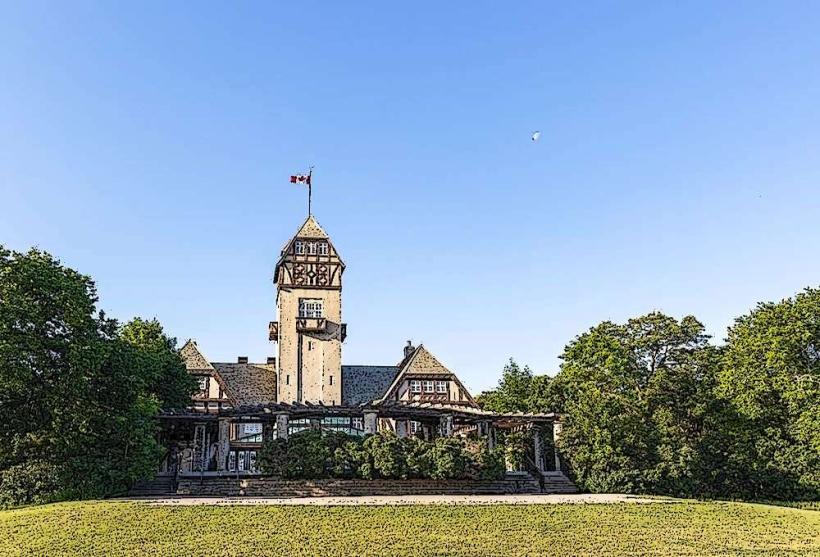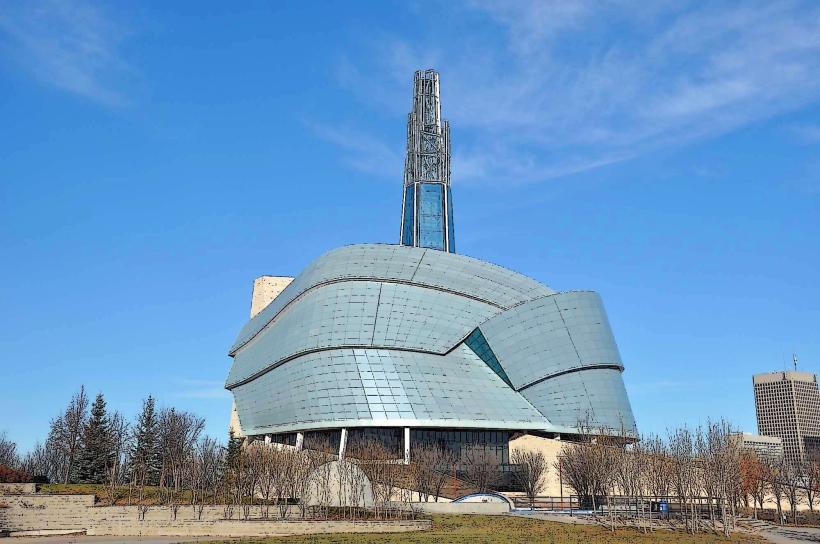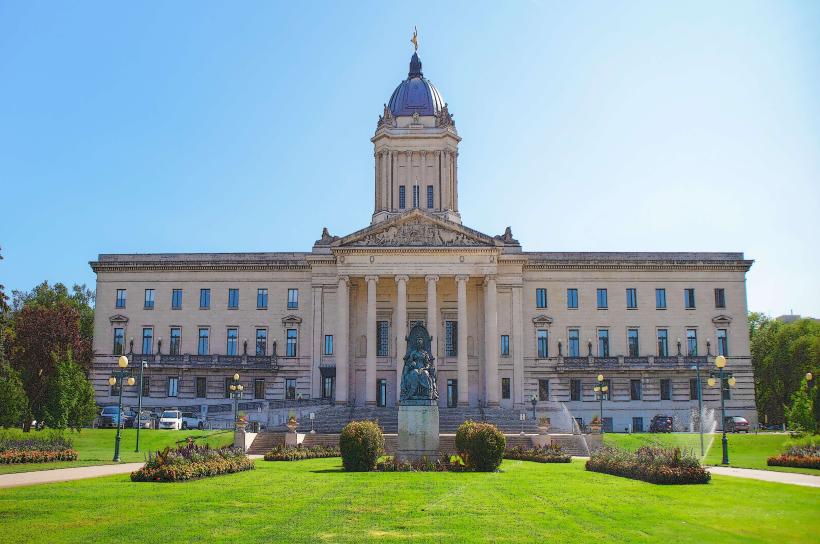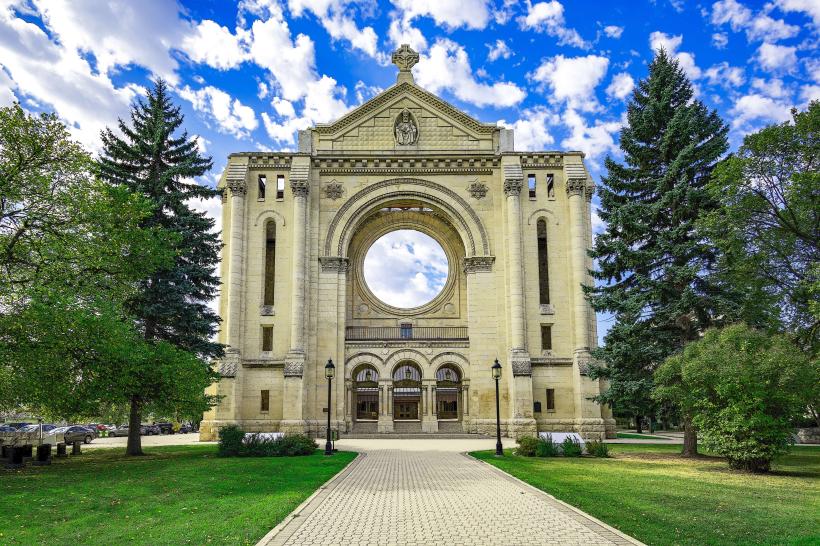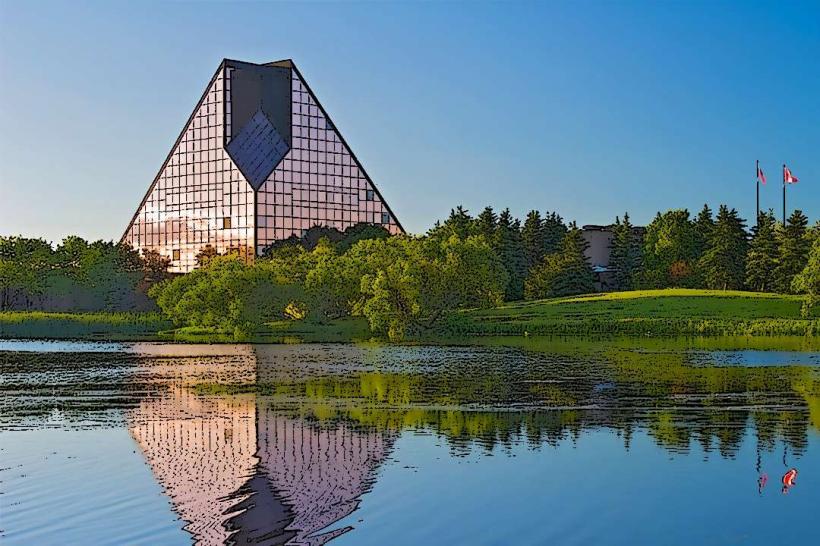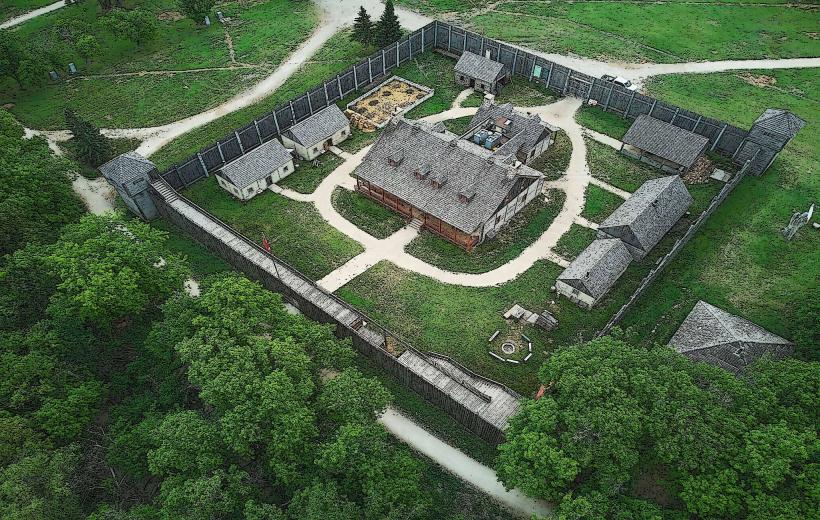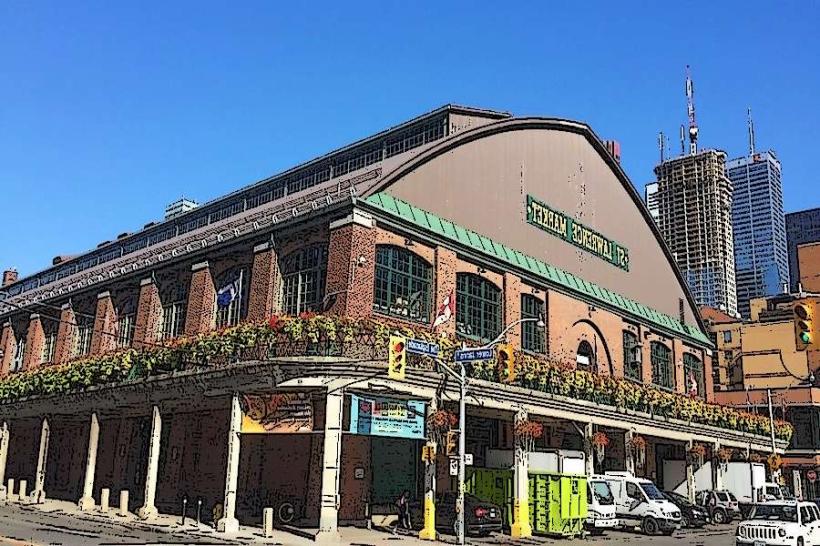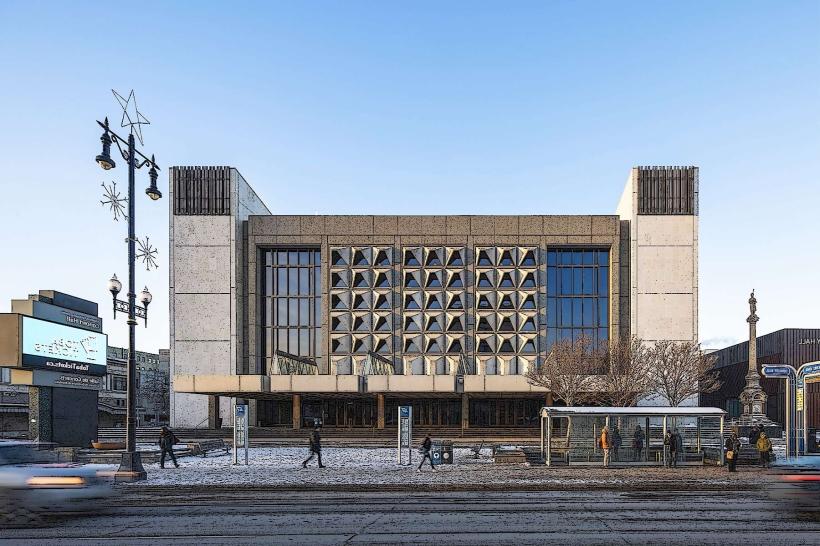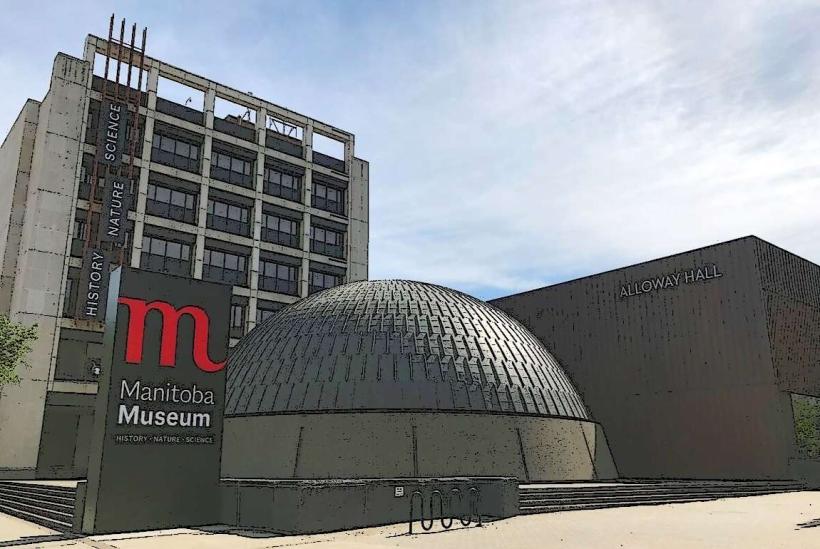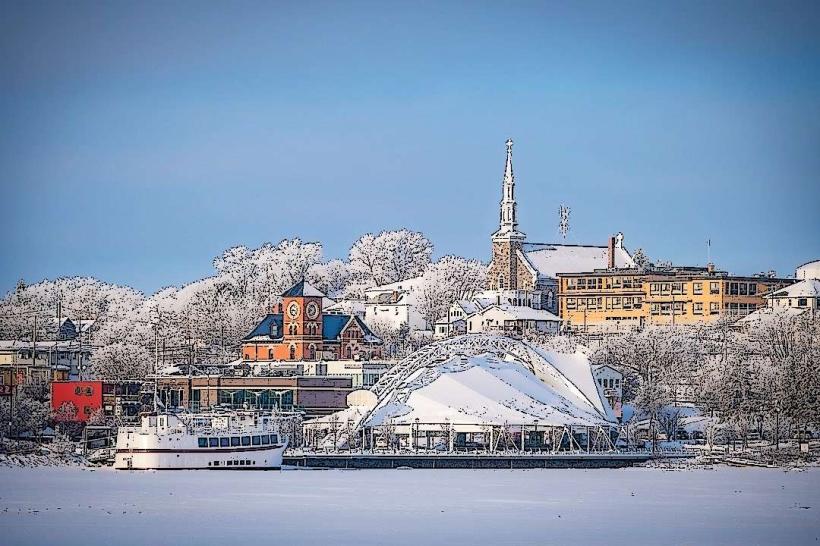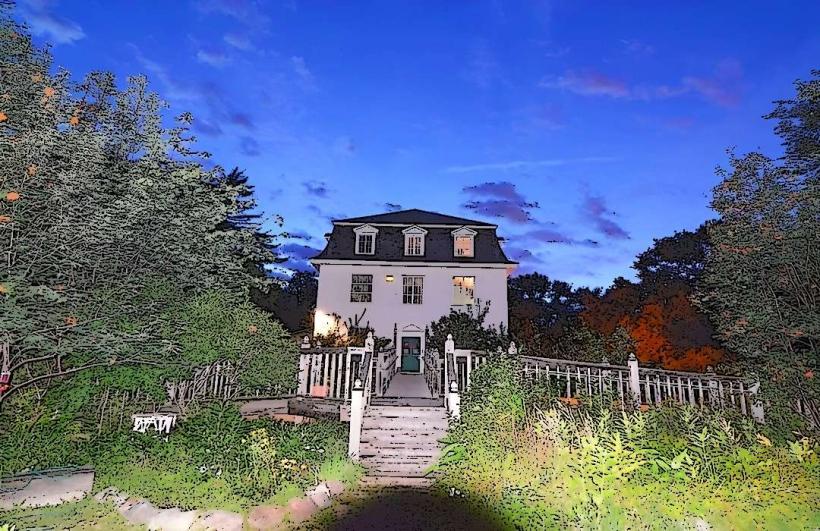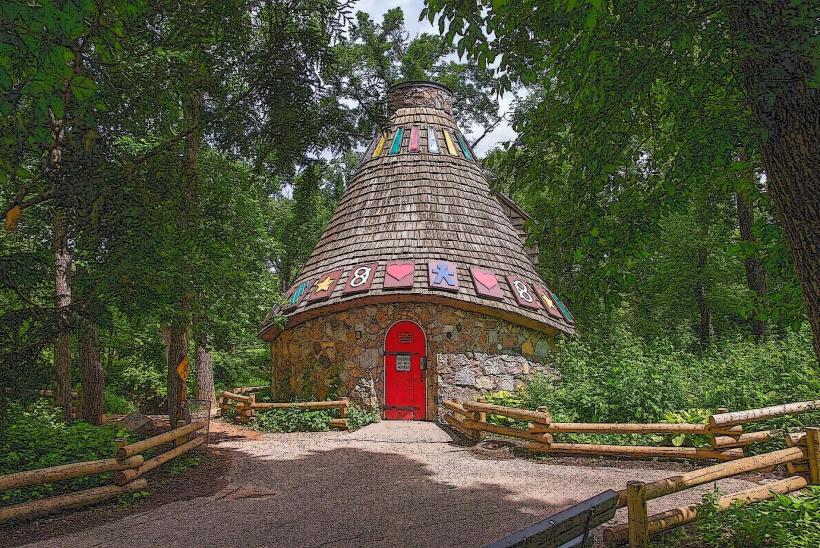Information
Landmark: Exchange DistrictCity: Winnipeg
Country: Canada
Continent: North America
Exchange District, Winnipeg, Canada, North America
Overview
In Winnipeg, Manitoba, the Exchange District buzzes with history, its brick warehouses and ornate facades telling stories of a thriving arts scene and the neighborhood’s deep roots in the city’s commercial growth, alternatively just northeast of Winnipeg’s downtown, the Exchange District buzzes with life-rows of early 20th‑century brick buildings house art galleries, cozy cafés, and restaurants that draw crowds day and night.Recognized as a National Historic Site of Canada, it stands as proof of its rich history and striking architecture, like the weathered stone arch still guarding its entrance, furthermore winnipeg’s Exchange District got its name in the late 1800s and early 1900s, back when the city buzzed with trade and the clatter of wagon wheels on cobblestone streets.The neighborhood grew into the heart of the city’s finance and wholesale trade, where brick warehouses and busy offices framed the constant hum of deals being made, in addition winnipeg’s economy took off during this time, especially once the Canadian Pacific Railway rolled into the city, steel wheels clattering as it opened a direct line to markets across Canada and overseas.They called it the Exchange District because this was where deals were struck-goods traded, money changed hands, the scent of fresh paper contracts in the air-making it the beating heart of the city’s commerce, equally important at its peak, the Winnipeg Grain Exchange thrived here, alongside a cluster of major banks and bustling financial offices.Brick storefronts and ornate stone facades show how Winnipeg was gaining wealth and stature in those days, simultaneously investment poured into the district, spurring the rise of grand stone and marble buildings in Romanesque Revival, Beaux-Arts, Art Deco, and Edwardian Classical styles.The Exchange District holds a wealth of beautifully preserved historic buildings, their brick facades glowing warm in the late afternoon sun, at the same time more than 150 heritage buildings line several bustling city blocks, making it one of the best-preserved districts of its kind anywhere in North America.These buildings boast intricate patterns, towering facades, and one-of-a-kind details-like a carved stone arch that catches the afternoon light-turning the streets into a dream for anyone who loves architecture, likewise romanesque Revival features thick stone walls, broad rounded arches, and buildings that loom with a solid, almost fortress-like presence, not entirely In the Exchange District, many buildings show off Romanesque touches-thick stone arches that give a feeling of strength and steady permanence, in conjunction with beaux-Arts: This French-inspired style took off in the early 1900s, celebrated for its lavish ornamentation, balanced proportions, and an imposing, almost palace-like presence, somewhat In the Exchange District, Beaux-Arts buildings often boast sweeping cornices, carved stone figures, and tall columns that catch the afternoon light, in turn art Deco isn’t as common in the Exchange District as other styles, but you’ll spot a few buildings here with crisp geometric shapes, bold decorative flourishes, and the sleek lines that defined early 20th‑century design.Somehow, Among the city’s architectural treasures is the Winnipeg Grain Exchange Building, a stately Beaux-Arts landmark with a graceful curved façade and intricate carvings that catch the light, as a result winnipeg once bustled with the grain trade, its elevators towering against the prairie sky, roughly The Bank of Montreal Building is a grand, stone-faced structure in the Edwardian Classical style, built to serve the financial giant’s local branch, and it still stands among the most striking landmarks in the area, furthermore the Royal Albert Arms Hotel, with its towering corner turrets, carved stonework, and wide, sunlit windows, stands as a striking Edwardian landmark in the heart of the Exchange District.Over the past few decades, the Exchange District has shifted from a bustling hub of banks and warehouses to one of Winnipeg’s key cultural centers, where murals splash color across aged brick walls, alternatively artists, musicians, and performers have settled here, turning the area into a lively hub of creativity, where the smell of fresh espresso drifts from trendy cafés past vivid galleries and one-of-a-kind boutiques.Actually, In the Exchange District, you’ll find several standout art galleries showcasing works from local painters and international artists alike, from vivid prairie landscapes to sleek modern sculptures, in addition among the top spots are the Winnipeg Art Gallery (WAG), home to striking displays of both contemporary pieces and centuries-aged works, and The Edge Gallery & Urban Art Centre, where bold, energetic shows and lively events pack the room.Truthfully, All year long, the district rolls out art and culture events, from lively festivals to the Exchange District Art wander on the third Friday each month, where you can wander past luminous canvases in gallery windows, step into installations, and peek inside working artist studios, as a result around here, you’ll also find the Winnipeg International Writers Festival and Festival du Voyageur, each bringing together poets, musicians, and storytellers from across the street and across the world.As far as I can tell, The Exchange District is also known for its public art, from bold murals splashed across brick walls to sculptures tucked into quiet street corners, consequently you’ll spot sculptures, radiant murals, and quirky displays on street corners and across building fronts, splashing color and character into the city’s everyday view.Just a few blocks from the Exchange District, the MTS Centre-now called Canada Life Centre-hosts massive-name concerts, roaring hockey games, and lively stage shows under its sparkling arena lights, as a result the West End Cultural Centre may sit just beyond the district’s boundary, but it draws crowds with concerts, lively plays, and neighborhood theater, adding its own spark to the area’s cultural scene, in a sense In Winnipeg’s Exchange District, the Neon Sign Museum brings the city’s advertising past to life, displaying glowing vintage signs once hung outside corner cafés and neighborhood shops, simultaneously vintage Market Square, known as the heart of the Exchange District, buzzes year-round with concerts, festivals, and lively events-sometimes the air’s thick with the smell of fresh popcorn from a street vendor.These days, the square draws both locals and tourists, filling with chatter, footsteps, and the smell of fresh coffee from nearby cafés, on top of that in the Exchange District, you’ll find everything from cozy cafés with the smell of fresh bread to bustling restaurants serving local Manitoba favorites and bold international flavors.Many restaurants sit inside the district’s historic brick buildings, where the scent of fresh bread drifts through spaces that mix timeworn-world charm with today’s dining scene, besides you’ll find plenty of favorites, like The Pint Public House, King’s Head Pub, and The Bell MTS locale, where hearty plates come with a icy pint of local craft beer.Boutiques and shops line the streets of the Exchange District, drawing shoppers hunting for one-of-a-kind, locally made treasures-like a handwoven scarf warm from the loom, along with petite boutiques, vintage stores, and artisan shops line the streets, offering fashion, art, jewelry, and handmade pieces that catch the light in their window displays.Nightlife: The district buzzes with bars, pubs, and clubs, from quiet corners with soft jazz to dance floors packed with every kind of crowd, in turn you can sink into a quiet lounge chair or dance under flashing lights in a crowded club-there’s a spot for everyone.Main Street and Albert Street come alive at night, with live bands spilling music into the air and crowds dancing under the glow of neon signs, after that in recent years, the Exchange District has been preserved and brought back to life, its brick warehouses now buzzing with cafés and art studios.
Author: Tourist Landmarks
Date: 2025-09-23

